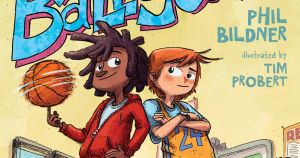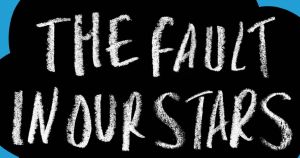
Review: A Whole New Ballgame by Phil Bildner
Although several elements of Red’s autism are portrayed well and I’m eager to read the sequels, the character is often relegated to muttering statistics and nervously stimming in the background.

Although several elements of Red’s autism are portrayed well and I’m eager to read the sequels, the character is often relegated to muttering statistics and nervously stimming in the background.

While Rory’s portrayal isn’t flawless, it’s well researched, and a significant step in the right direction of treating autistic characters as regular teenagers and integral parts of the cast.

Jacobus nailed the struggle with addiction, she nailed physical limitations, she nailed alcoholic and disability-related depression, she nailed the chaos of the active alcoholic, and she nailed the hopelessness and despair that can come from all of it.
The entire Disability in Kidlit team wishes you a spectacular 2015!

While we’re never told exactly what Marcelo’s impairment is, and it’s implied that no one can quite figure it out, it shares many features that will be familiar to those of us on the autism spectrum.

Despite their proclamations to the contrary—“don’t tell me you’re one of those people who becomes their disease”—the characters are shown to have nothing in their lives that isn’t about their cancer.

This book portrays its autistic protagonist in ways that will give readers negative, incorrect, and in some cases abusive ideas about autistic people.

Many characters who may be mentally ill reject treatment out of hand, considering therapy a waste of time and suspecting medication will turn them into a zombie. Why are these narratives so popular? What are the alternatives?

We recap the highlights of our #diklSFF Twitter chat, including a link to the full Storify.
We’re looking to expand the Disability in Kidlit team, as the website has grown in popularity in recent months and we’re working on exciting new projects.